DIGITAL INDIA PROGRAMME:-
Digital India is an initiative of Government of India to integrate the government departments and the people of India.
It aims at ensuring that the government services are made available to citizens electronically by reducing paperwork. The initiative also includes plan to connect rural areas with high-speed internet networks.
It aims at ensuring that the government services are made available to citizens electronically by reducing paperwork. The initiative also includes plan to connect rural areas with high-speed internet networks.
3 CORE Components :-
Digital India has three core components. These include:
The creation of digital infrastructure
1. A programme to transform India into digital empowered society and knowledge economy.
2. The vision of Digital India aims to transform the country into a digitally empowered society and knowledge economy.
3. The programme will be implemented in phases from the current year till 2018
1. A programme to transform India into digital empowered society and knowledge economy.
2. The vision of Digital India aims to transform the country into a digitally empowered society and knowledge economy.
3. The programme will be implemented in phases from the current year till 2018
A two-way platform will be created where both the service providers and the consumers stand to benefit.
The scheme will be monitored and controlled by the Digital India Advisory group which will be chaired by the Ministry of Communications and IT.
It will be an inter-ministerial initiative where all ministries and shall offer their own services to the public Healthcare, Education, Judicial services etc.
The Public-Private-Partnership model shall be adopted selectively. In addition, there are plans to restructure the National Informatics Centre. This project is one among the top priority projects of the Modi Administration.
The scheme will be monitored and controlled by the Digital India Advisory group which will be chaired by the Ministry of Communications and IT.
It will be an inter-ministerial initiative where all ministries and shall offer their own services to the public Healthcare, Education, Judicial services etc.
The Public-Private-Partnership model shall be adopted selectively. In addition, there are plans to restructure the National Informatics Centre. This project is one among the top priority projects of the Modi Administration.
Several events were held across 36 states and union territories, covering 600 districts in the country.
Information Technology companies were told to organise a mandatory viewing of the speech to be delivered by PM Narendra Modi at the launch of the Digital India Initiative.
What is Digital India?
With the launch of Digital India programme, the government is taking a big step forward to transform the country into a digitally empowered knowledge economy.Scope of Digital India
1. To prepare India for a knowledge future.2. On being transformative that is to realize IT (Indian Talent) + IT (Information Technology) = IT(India Tomorrow).
3. Making technology central to enabling change.
4. On being an Umbrella Programme –covering many departments.
The programme includes projects that aim to ensure that government services are available to citizens electronically and people get benefit of the latest information and communication technology.
Apps for Digital India
Digital India Portal, MyGov Mobile App, Swachh Bharat Mission App and Aadhaar Mobile Update AppVision of Digital India
Digital Infrastructure as a Utility to Every Citizen-Governance & Services on Demand Digital Empowerment of CitizensPillars Of Digital India
1. Broadband Highways2. Universal Access to Phones
3. Public Internet Access Programme
4. e-Governance - Reforming government through Technology
5. e-Kranti - Electronic delivery of services
6. Information for All
7. Electronics Manufacturing - Target NET ZERO Imports
8. IT for Jobs
9. Early Harvest Programmes
Impact of Digital India by 2019
Broadband in 2.5 lakh villages,universal phone connectivity
Net Zero Imports by 2020
400,000 Public Internet Access Points
Wi-fi in 2.5 lakh schools, all universities;
Public wi-fi hotspots for citizens
Digital Inclusion: 1.7 Cr trained for IT, Telecom and Electronics Jobs
Job creation: Direct 1.7 Cr. and Indirect at least 8.5 Cr
e-Governance & e-Services: Across government India to be leader in IT use in services - health, education, banking
Digitally empowered citizens - public cloud, internet access
DIGITAL LOCKER :-
Benefits of Digital Locker
Digital Locker facility will help citizens to digitally store their important documents like PAN card, passport, mark sheets and degree certificates.
Digital Locker facility will help citizens to digitally store their important documents like PAN card, passport, mark sheets and degree certificates.
Digital Locker will provide secure access to Government issued documents. It uses authenticity services provided by Aadhaar. It is aimed at eliminating the use of physical documents and enables sharing of verified electronic documents across Govt Agencies.
Digital Locker provides a dedicated personal storage space in the cloud to citizens, linked to citizens Aadhaar number.
Digital Locker will reduce the administrative overhead of government departments and agencies created due to paper work.
It will also make it easy for the residents to receive services by saving time and effort as their documents will now be available anytime, anywhere and can be shared electronically.
To sign-up for your Digital Locker, one need your Aadhaar number and a Mobile number that is linked to that Aadhaar Number.
NOFN :-
What is National Optical Fibre Network (NOFN)?
NOFN proposes seven lakh kilometers of optical fibre to be laid to connect 250 gram panchayats in three years.
Public Wi-fi spots will be provided around the clusters after that and all villages will be provided with internet connectivity.
According to Communications and Information Technology Minister Ravi Shankar Prasad, "ten states including Maharashtra, Madhya Pradesh, Rajasthan, West Bengal, Haryana and
Chhattisgarh, are ready to roll out the NOFN to facilitate Digital India.
Chhattisgarh, are ready to roll out the NOFN to facilitate Digital India.
States like Telangana, Meghalaya, Jharkhand have decided to observe Digital India Week (DIW) from July 1 to July 7.
The University Grants Commission (UGC) also directed all universities and higher education institutes across the country to observe the Digital India Week.
Benefits of Digital India
1. It would bring in public accountability through mandated delivery of government’s services electronically.2. It will be done through a Unique ID and e-Pramaan based on authentic and standard based interoperable and integrated government applications and data basis.
The Government of India has initiated a giant leap forward to transform the country into a digitally empowered knowledge economy. DI will help in leveraging India's Globally acclaimed IT competence for the benefit of 120 Crore Indians.
It will help in reducing corruption, getting things done quickly and will help in reducing paper work.
Some of the facilities which would be available through this initiative are Digital Locker,e-education, e-health, Digital Signature and national scholarship portal.
Digital India: Challenges :-
The initiative introduces nine "pillars" that the government will expand on, in its push to try to bridge the country's digital divide. Prasanto K Roy explains the significance of each pillar and what challenges the government faces in trying to implement them.
Broadband Highways
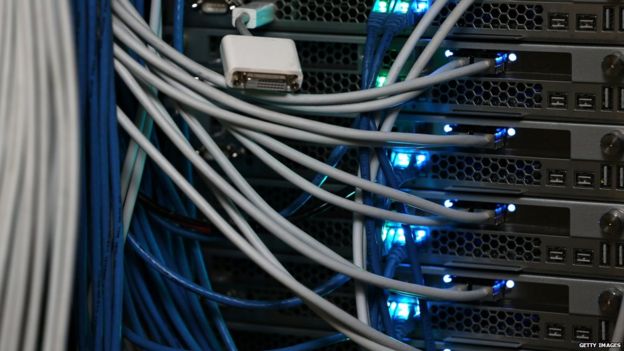
Digital India aims to have broadband networks that will span India's cities, towns and 250,000 villages by end-2016, along with a system of networks and data centres called the National Information Infrastructure.
The vision is grand.
If successful, it could transform citizen access to multimedia information, content and services. It also gives the government access to a great deal of information.
However, laying cables doesn't ensure they will be used.
After years of broadband and nationwide fibre-optic infrastructure targets, India remains stuck at a total of 15 million wire line broadband users. Yet mobile broadband use has exploded, currently standing at 85 million users, driven by apps like Facebook and WhatsApp, and the sharing of images and videos.
Experience shows that it is communications and content, not empty pipes, that drive network usage. And manufacturing content is not a government strength.
This project needs content and service partnerships with telecom companies and other firms, with new entrepreneurs.
Universal Access to Phones

This focuses on mobile network penetration, with a plan to fill the gaps in connectivity in India by 2018. Though mobile networks have reached most populated parts of India, the last mile is a long one: 42,300 villages still exist outside the reach of a mobile signal.
"Universal access" does not, however, guarantee a working network. Even in its major cities, India's mobile network is so stressed that many say it's broken, with call failures and drops a common complaint.
An intense shortage of spectrum has driven up costs and driven down service quality for India's telecom industry.
But the problem is much bigger than dropped calls. As many as 85% of India's 100 million broadband users are mobile.
As users ramp up multimedia use, and the next 100 million mobile broadband users come on board, networks will not be able to keep up. Digital India needs more spectrum.
Public Internet Access
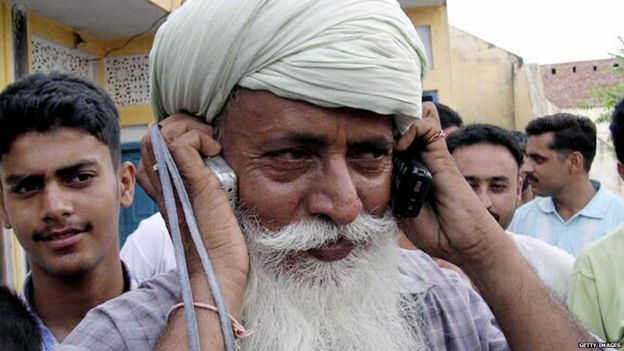
This aims to increase the number of government-run facilities (Common Service Centres or CSC) that provide digital services to citizens, especially in remote or rural areas with low connectivity.
The objective is to increase the 140,000 facilities to 250,000, or one in nearly every village. It also aims to convert 150,000 post offices into multi-service centres. The vision is that the longest distance a villager or tribesperson should have to travel should be to the nearest CSC.
This project was first approved in 2006, but moved slowly in its initial years. One of the big boosts from Digital India could be the dramatic ramp-up the mega-project is setting as a target. Citizen services will be one driver of adoption.
e-Governance: Reforming Government through Technology
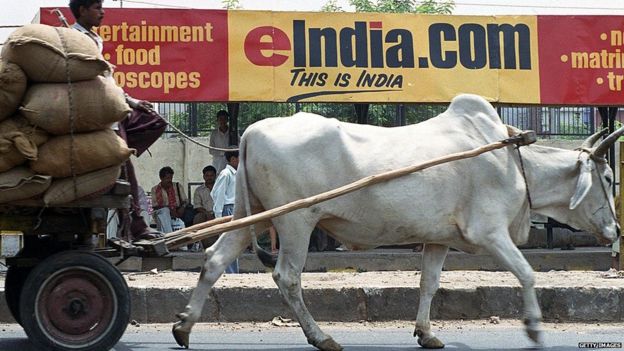
Of all the "pillars" of Digital India, this is the oldest and most mature initiative.
For decades, hundreds of e-governance projects have been piloted across India. Many were quick successes that however died out once the chief promoter, often a bureaucrat on a two-year posting, moved on.
The processes and services include digitising manual databases, introducing online applications and tracking, using online repositories for citizen documents, introducing publicly-visible government workflow automation, and public grievance redress.
Experts say that almost every e-governance project that India needs has been successfully piloted somewhere in the country. The daunting task for Digital India will be to take successful pilot projects, replicate and scale them up.
e-Kranti - Electronic Delivery of Services
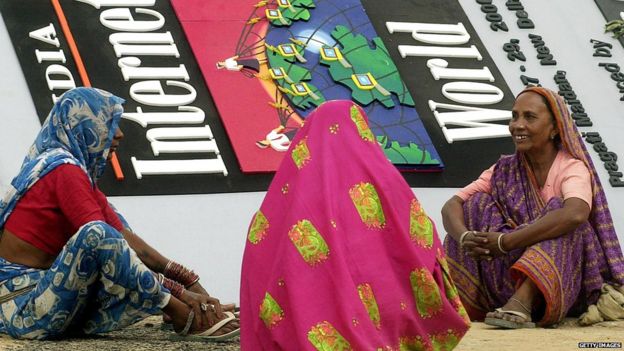
e-Kranti comprises 41 large e-governance initiatives, called "mission mode projects". They span e-education (all schools to get broadband and free wi-fi, as well as MOOCs - Massive Online Open Courses), e-Healthcare and technology for farming, security, financial inclusion, justice, planning and cyber-security.
The sheer scale of these projects helps ensure that they do not meet the fate of most e-governance projects in India, which remain pilots.
Several have been completed successfully, including the overhauled passport service, and the "MCA21" project for company registration from the Ministry of Corporate Affairs.
Information for All
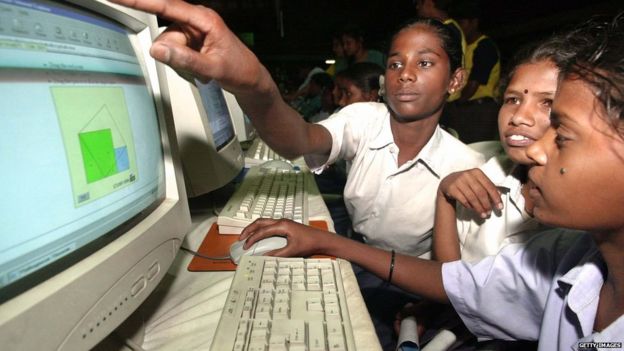
This set of web, mobile and social media platforms aims to connect citizens with the government. It is already well under way, both on social media, and the citizen portal MyGov.in.
The present BJP-led government has been widely lauded for its social-media savvy and its use of digital outreach tools. Prime minister Narendra Modi is one of the world's most influential Twitter users, with over 13 million followers (and another 7 million on his official @PMOIndia account)
But critics say that these digital channels are used mostly in broadcast mode, with Mr Modi responding to very few, filtered, questions, and no criticism, especially from media. His supporters say he uses them to connect directly to citizens, bypassing media.
Electronics Manufacturing

This plan aims for "net zero imports" in electronics, or imports that match exports by value, by 2020.
This is ambitious.
As of now, India stands to import three quarters of the $400bn worth of electronics products it will consume in the next five years. Hardware exports as of now are still under $10bn. This calls for a very big ramp-up in local manufacturing.
The plan includes incentives for big chip fabrication as well for mobile and set-top box manufacturers, and clusters and incubators for start-ups.
That's probably the biggest push and global image makeover being attempted by the Modi government, via its "Make in India" campaign launched last year.
Critics of the programme say that the "manufacturing first" focus can slow progress when the objective should be on something else, like education (such as with the UPA government's Aakaash tablet programme).
There is also a school of thought that "net zero" imports should be seen on a wider canvas - for instance across technology products and services.
India exports nearly $100bn worth of technology and business process services.
IT for Jobs
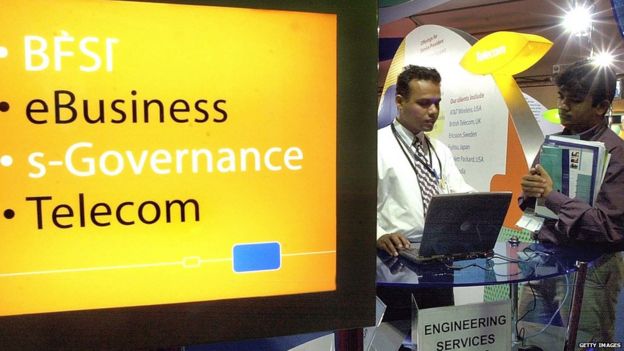
This is a project to train 10 million students from smaller towns and villages for IT sector jobs over five years.
Among the plans: Business Process Outsourcing (BPO) locations in every north-eastern state, 300,000 service delivery agents to be trained for IT services, and 500,000 rural workers to be trained by telecom operators for their own needs.
The challenge here is not just the numbers, but quality. The technology sector increasingly finds that the dwindling manpower resources available for its jobs are under-trained and mismatched to its needs.
Most firms are forced to invest a great deal into their own training for "fresher" recruits.
Early Harvest Programmes
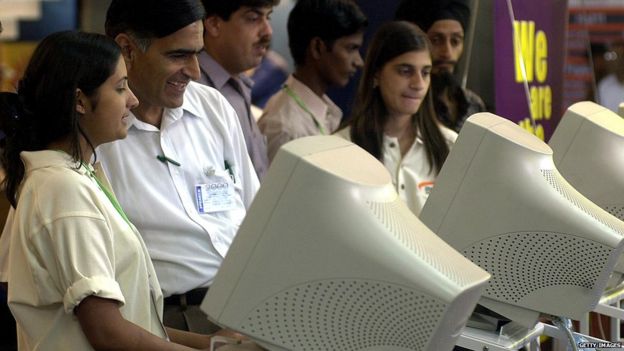
These are the low-hanging fruit, and the projects already under way.
For instance, a new messaging platform for government employees has over 13 million mobiles and 2 million emails in the database; biometric attendance for all central government offices in Delhi, wi-fi in universities and in public locations, eBooks in schools, SMS-based weather information, disaster alerts.
The challenge remains usage.
For instance, the project aims to provide secure email as the primary form of communications within the government, and to the outside world.
Official email has been available for well over a decade in India, though its security is debatable. Yet most government officials and politicians prefer to use personal email services from Gmail and other public providers that can be accessed on their mobile phones.

No comments:
Post a Comment